Yes, The array is sorted so we can apply binary search to find the single element. Let's see the pattern of occurrence of single element. Total number of elements will be always odd and single element occurs only at even index

Total number of elements 9, single elements always present at even index.
When (end_index - start_index) % 4 == 0, The single element is occurring in middle.
if A[mid-1] == A[mid] --> single element left side
if A[mid] == A[mid+1] --> single element right side

Total number of elements 11, single elements always present at even index. When (end_index - start_index) % 4 != 0, The single element is not occurring in middle.
if A[mid] == A[mid+1] --> single element left
if A[mid-1] == A[mid] --> single element right

Total number of elements 13, single elements always present at even index. When (end_index - start_index) % 4 == 0, The single element is occurring at middle also.
if A[mid-1] == A[mid] --> single element left side
if A[mid] == A[mid+1] --> single element right side
Below is the Python Code:
class Solution:
def singleNonDuplicate(self, A):
"""
:type nums: List[int]
:rtype: int
"""
L = len(A)
def binarySearch(A, start, end):
if start == end:
return A[start]
if start < end:
mid = int(start + (end - start)/2)
if A[mid-1] < A[mid] < A[mid+1]:
return A[mid]
if end - start == 2:
if A[end] != A[end-1]:
return A[end]
if end - start == 2:
if A[start] != A[start+1]:
return A[start]
if A[mid] == A[mid+1]:
if int(end-start)%4 == 0:
return binarySearch(A, mid+2, end)
else:
return binarySearch(A, start, mid-1)
elif A[mid-1] == A[mid]:
if int(end - start)%4 == 0:
return binarySearch(A, start, mid-2)
else:
return binarySearch(A, mid+1, end)
return binarySearch(A, 0, L-1)
if __name__ == "__main__":
s = Solution()
A = [1,1,2,3,3,4,4,5,5,6,6]
r = s.singleNonDuplicate(A)
print(r)


